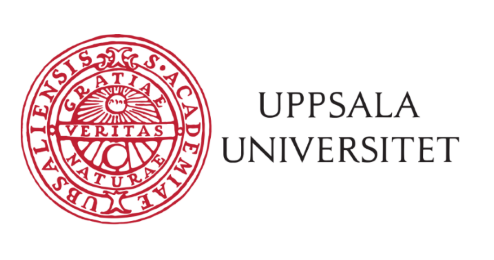Dataset type
This dataset that contains primary occurrence data for species.
Description
Since Linnaeus's time, the Kungsängen Nature Reserve has drawn frequent visitors because of its vegetation including the largest population of Fritillaria meleagris L. in Sweden. The reserve is a meadow with an abrupt moisture transition, where the wetter part has a Carex acuta dominated plant community with low species richness, visually distinct from the drier part, which has a species rich plant community including a high density of Fritillaria meleagris. To investigate the link between plant and below-ground micro-eukaryotic communities, we amplified and sequenced the ITS and LSU regions of the rDNA operon (1500 bp) from soil using PacBio SMRT sequencing, and evaluated three different methods for generation of operational taxonomic units. We found distinct communities associated with wet and mesic-dry soil conditions but estimated richness was not so different. Both soil conditions host communities dominated by protists, a large fraction of which were taxonomically assigned to Ciliphora (Alveolata), while 30-40% of all reads were assigned to kingdom Fungi. Ecological patterns were consistently recovered irrespective of the read clustering method used. However, different clustering methods affect the taxonomic and phylogenetic resolution of community characterization with implications for how well members of the micro-eukaryotic communities can be recognized in the data.
This data resource contain amplicon sequence variant (ASV) sequences generated with DADA2 using the Ampliseq pipeline https://nf-co.re/ampliseq).
This dataset was published via the SBDI ASV portal https://asv-portal.biodiversitydata.se/).
Geographic Description
Kungsängen Nature Reserve (N59°50’, E17°40’) is a 12.5-hectare reserve in a larger meadow located in the south of Uppsala, Sweden, along the east shore of the Fyris River. Soil samples were taken across an abrupt moisture transition that divides the meadow community into a Carex acuta dominated plant community with low species richness in the wetter part, which is visually distinct from the mesic-dry part that has a species rich grass-dominated plant community including a high frequency of F. meleagris.
Methods
Sequence denoising and ASV creation was performed with DADA2 using the nfcore/ampliseq pipeline https://nf-co.re/ampliseq), commit 5adaf23d7f. Taxonomy assignment was based on the ITS2 region and performed according to https://docs.biodiversitydata.se/analyse-data/molecular-tools/#taxonomy-annotation, using nf-core/ampliseq commit e1bdbfb623 and the database unite-alleuk=8.3 (UNITE general FASTA release for Eukaryotes - Version 8.3, https://doi.org/10.15156/BIO/1280127)
Type of content
Includes: Point occurrence data.Citation
Rosling A, Eshghi Sahraei S, Furneaux B, Kluting K, Zakieh M (2025). Kungsängen soil microbial communities. Version 1.8. Biology Section, Uppsala University. Occurrence dataset. https://www.gbif.se/ipt/resource?r=pb363_kungsangen_otu_a&v=1.8
Rights
To the extent possible under law, the publisher has waived all rights to these data and has dedicated them to the Public Domain (CC0 1.0). Users may copy, modify, distribute and use the work, including for commercial purposes, without restriction.
Digitised records
Looking up... the number of records that can be accessed through the Swedish Biodiversity Data Infrastructure. This resource was last checked for updated data on 22 Dec 2025. The most recent data was published on 21 Feb 2025.
Metadata last updated on 2025-12-22 06:29:15.0
Loading...



